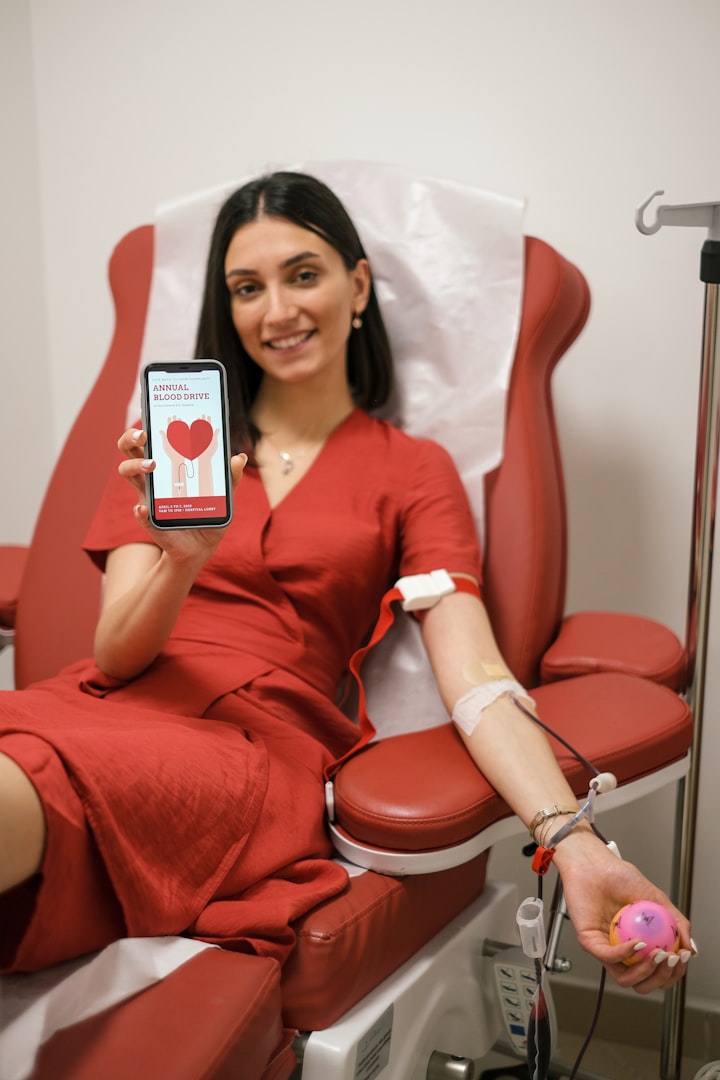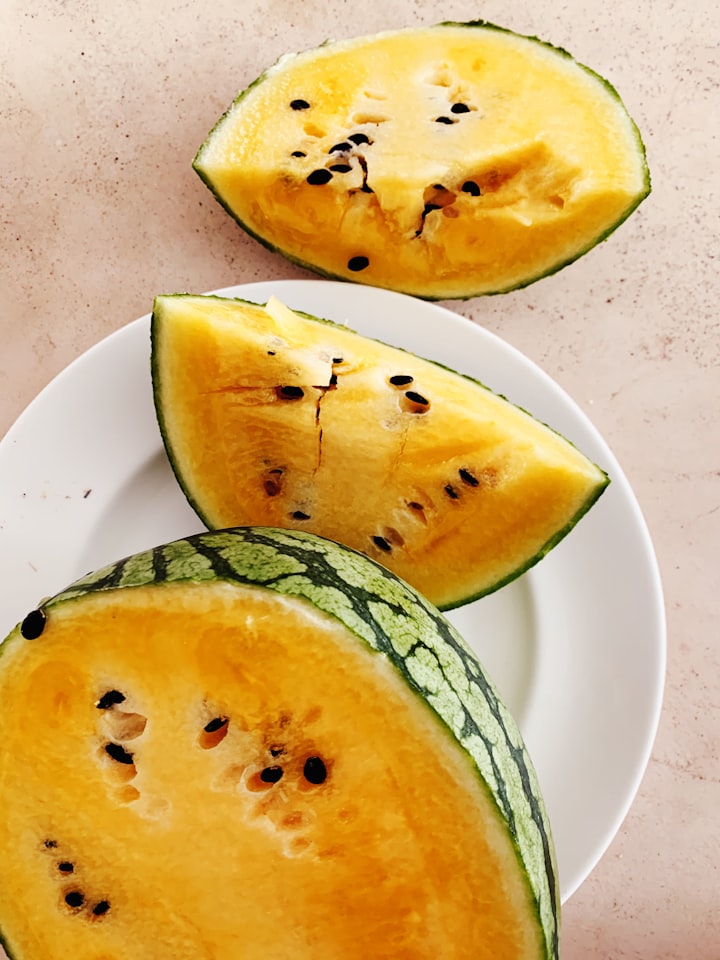Foods to eat to increase blood
Foods to eat to increase blood
Introduction
Blood is a crucial component of our body that plays a vital role in maintaining good health. It carries oxygen, nutrients, and hormones to different parts of the body and removes waste products. Low blood count, also known as anemia, is a common health problem that can make you feel weak and fatigued. In this article, we will discuss some of the foods that can help increase blood count and improve overall health.
Iron-rich Foods
Iron is a vital nutrient required for the production of hemoglobin, a protein in red blood cells that carries oxygen. Foods rich in iron include red meat, poultry, seafood, beans, lentils, tofu, spinach, broccoli, and fortified cereals. The recommended daily intake of iron is 18mg for women and 8mg for men.
Vitamin B12 Foods
Vitamin B12 is essential for the production of red blood cells and the proper functioning of the nervous system. Deficiency of vitamin B12 can lead to anemia and other health problems. Foods rich in vitamin B12 include meat, fish, poultry, dairy products, and fortified cereals. Vegetarians and vegans may need to take supplements to meet their daily requirements.
Folate-rich Foods
Folate, also known as folic acid, is a B vitamin that helps in the formation of red blood cells. Deficiency of folate can lead to anemia and other health problems. Foods rich in folate include leafy green vegetables, fruits, beans, lentils, nuts, and fortified cereals. The recommended daily intake of folate is 400mcg for adults.
Vitamin C-rich Foods
Vitamin C is an antioxidant that helps in the absorption of iron from plant-based foods. It also plays a vital role in the formation of red blood cells. Foods rich in vitamin C include citrus fruits, berries, kiwi, mango, papaya, broccoli, and peppers. The recommended daily intake of vitamin C is 75mg for women and 90mg for men.
Copper-rich Foods
Copper is a mineral that helps in the formation of red blood cells. It also plays a role in the maintenance of a healthy immune system and nervous system. Foods rich in copper include organ meats, seafood, nuts, seeds, beans, and dark chocolate. The recommended daily intake of copper is 900mcg for adults.
Vitamin A-rich Foods
Vitamin A is a fat-soluble vitamin that helps in the production of red blood cells. It also plays a vital role in maintaining healthy skin, eyes, and immune system. Foods rich in vitamin A include sweet potatoes, carrots, spinach, kale, cantaloupe, and mango. The recommended daily intake of vitamin A is 700mcg for women and 900mcg for men.
Zinc-rich Foods
Zinc is a mineral that plays a vital role in the production of red blood cells. It also helps in the proper functioning of the immune system and wound healing. Foods rich in zinc include red meat, poultry, seafood, beans, nuts, and fortified cereals. The recommended daily intake of zinc is 8mg for women and 11mg for men.
Vitamin E-rich Foods
Vitamin E is a fat-soluble vitamin that plays a vital role in the formation of red blood cells. It also acts as an antioxidant, protecting the cells from damage. Foods rich in vitamin E include nuts, seeds, vegetable oils, and leafy green vegetables. The recommended daily intake of vitamin E is 15mg for adults.
Beetroot
Beetroot is a root vegetable that is rich in iron, folate, and antioxidants. It also contains nitrates that help in the expansion of blood vessels and improve blood flow. Beetroot can be eaten raw, cooked, or juiced. Drinking beetroot juice can be a convenient way to increase the intake of this nutrient-rich vegetable.
Pomegranate
Pomegranate is a fruit that is rich in iron, vitamin C, and antioxidants. It also contains compounds that help in the production of red blood cells and improve blood flow. Drinking pomegranate juice or adding pomegranate seeds to salads or smoothies can be a delicious way to incorporate this nutrient-rich fruit into your diet.
Dark Chocolate
Dark chocolate is a treat that is rich in iron, copper, and antioxidants. It also contains flavonoids that improve blood flow and protect the heart. Eating a small amount of dark chocolate can be a delicious way to increase the intake of these nutrients.
Lentils
Lentils are a type of legume that is rich in iron, folate, and protein. They are also a good source of fiber and can help in the regulation of blood sugar levels. Eating lentils can be a healthy way to increase the intake of these important nutrients.
Tuna
Tuna is a type of fish that is rich in vitamin B12, iron, and protein. It also contains omega-3 fatty acids that are beneficial for the heart and the brain. Eating tuna or other types of fish can be a healthy way to increase the intake of these important nutrients.
Quinoa
Quinoa is a grain that is rich in protein, iron, and fiber. It is also a good source of folate, magnesium, and zinc. Eating quinoa can be a healthy way to increase the intake of these important nutrients.
Green Leafy Vegetables
Green leafy vegetables such as spinach, kale, and collard greens are rich in iron, folate, and vitamin A. They are also a good source of fiber and antioxidants. Eating a variety of green leafy vegetables can be a healthy way to increase the intake of these important nutrients.
Conclusion
In conclusion, including the above-mentioned foods in your diet can be a healthy way to increase blood count and improve overall health. It is important to eat a variety of nutrient-rich foods to ensure that your body gets all the essential vitamins and minerals it needs. Consult with a healthcare provider if you have concerns about your blood count or if you are considering making significant changes to your diet.
About the Creator
Gobi Munusamy
Experienced writer and content creator with a passion for storytelling and a talent for crafting compelling narratives. Skilled in a variety of genres and formats, including personal essays, news Lifehacks, and creative fiction.







Comments
There are no comments for this story
Be the first to respond and start the conversation.